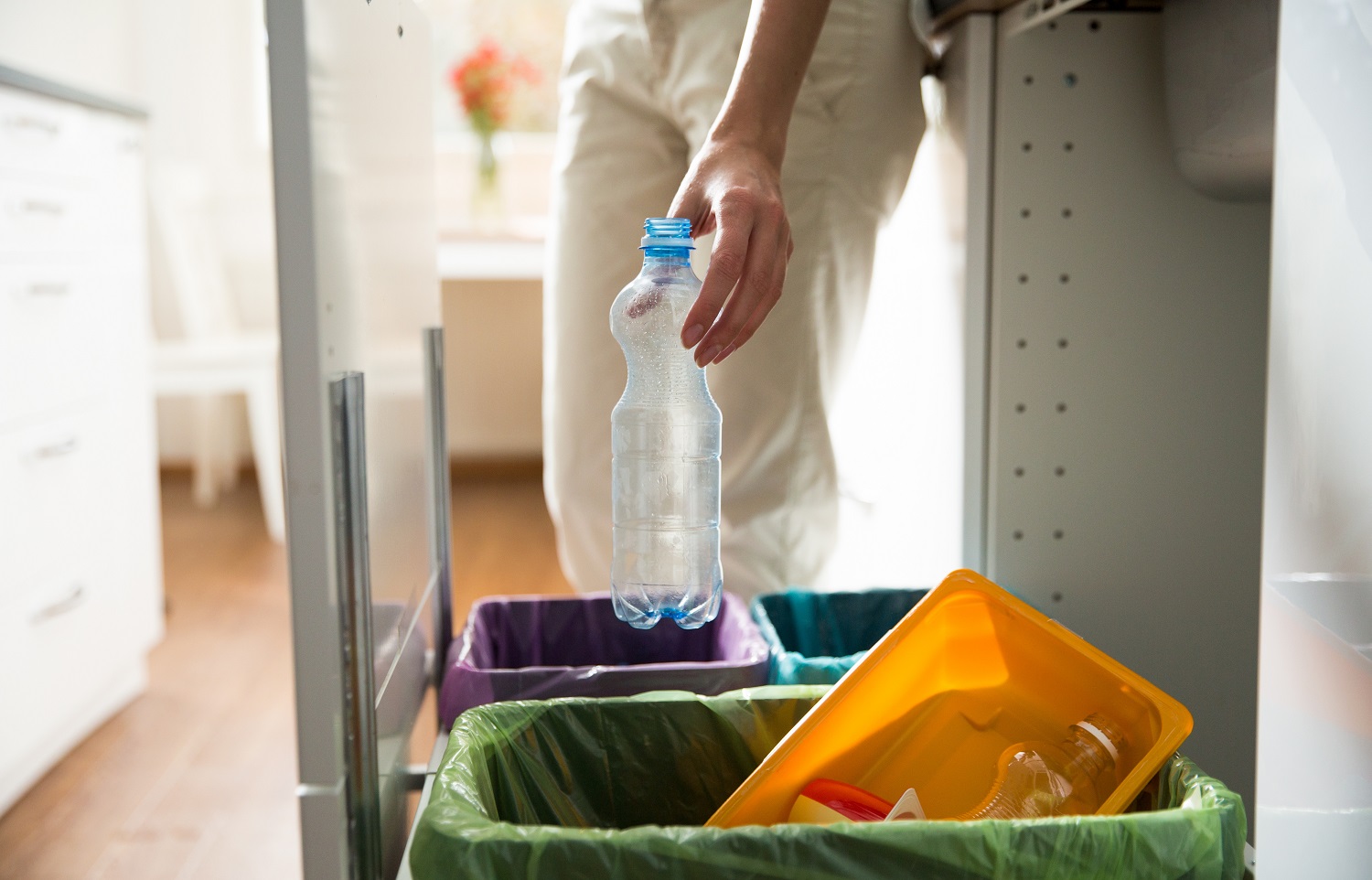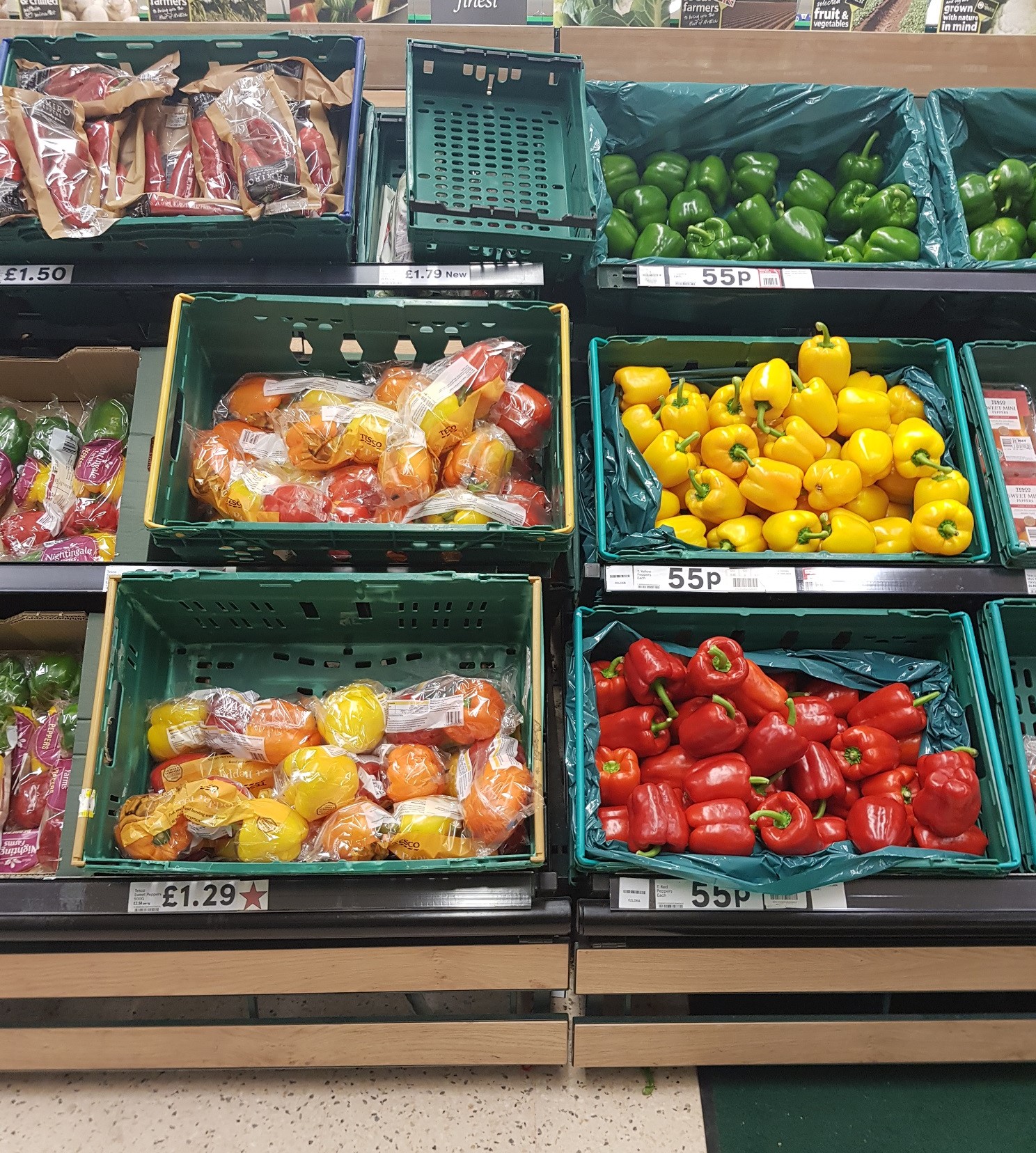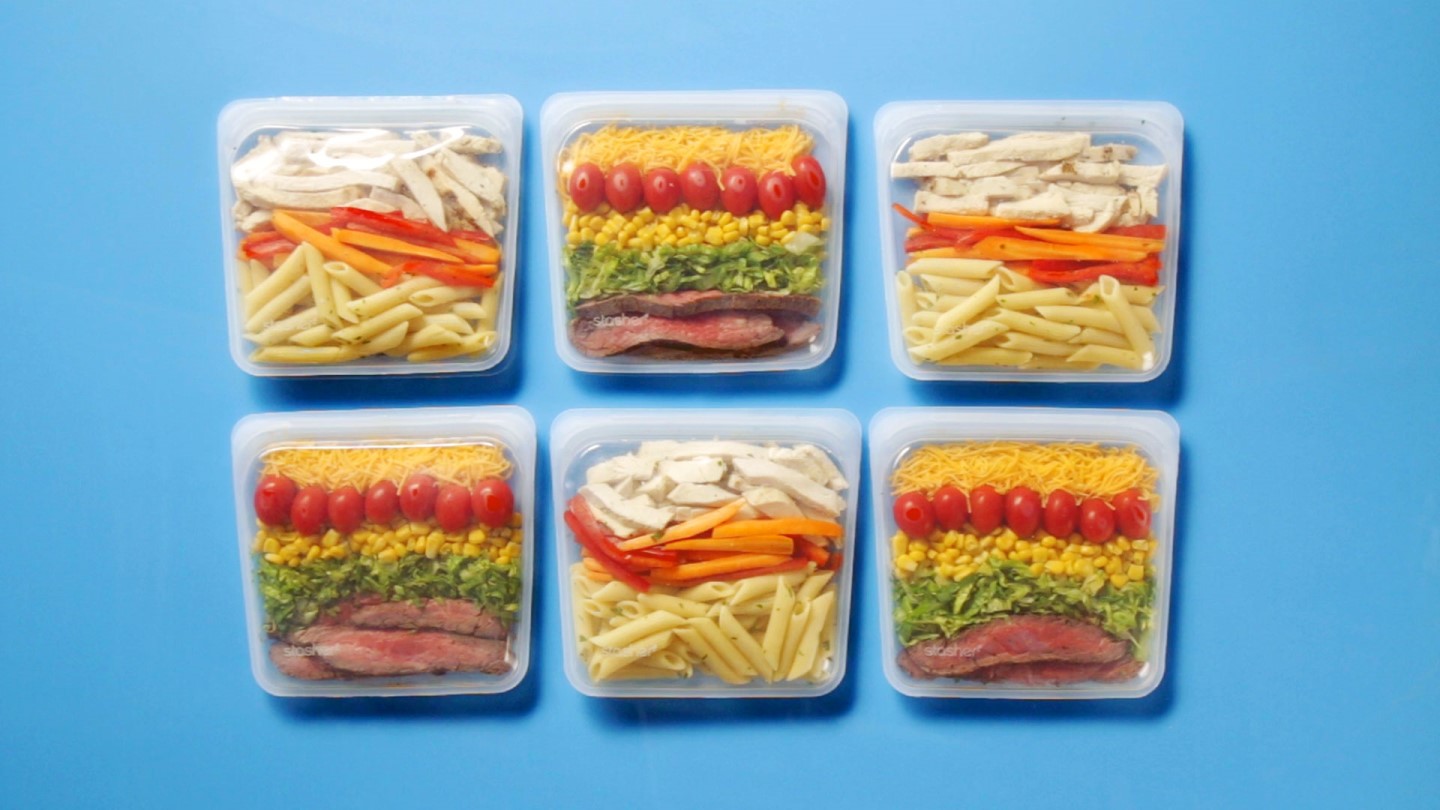Everything you need to know about BPA
We’ve probably all heard of BPA, and we know that we should do our best to avoid it – but why?
What actually is BPA?
BPA stands for Bisphenol A. It’s a chemical added to materials (often used in plastic and cans) to strengthen it.
What products contain BPA?
BPA is most commonly found in clear polycarbonate plastics like food containers, water bottles and baby bottles. It is also used to make epoxy resins which is the protective inner lining of canned foods, like the ones baked beans come in.
However, the European Commission banned the use of BPA in plastic baby bottles due to health concerns (more on that later!).
The main way you’re exposed to BPA is through your diet. Your water bottle and packed lunch container probably have BPA inside, and some of it leaks through into your food and into your body.
What are the health concerns related to BPA?
In all honesty, there isn’t a clear-cut answer! The FDA still allows BPA due to its minimal impact but it is considered an endocrine disruptor by many scientists, which means that it can disrupt your hormones. As it has been shown to mimic estrogen, there is particular concern that it can affect women’s fertility and child development.
Although there is no concrete evidence, BPA has also been linked to diabetes, high blood pressure, obesity and heart disease.
Additionally, Breast Cancer UK believes that BPA “has been found to damage the developing mammary gland in a way which could increase the risk of breast cancer”, and believes that further investigations are needed to analyse the effects of BPA.
There’s a lot of debate. But it is certainly clear that BPA is finding its way into our body. A study by the Environmental Health Perspective found that 93% of the 2,517 people they tested had traces of BPA in their urine.

Is BPA bad for the environment?
According to National Geographic, there is research to suggest that BPA contaminates water supplies and could harm marine life. However, some scientists believe that the amount of BPA in the water is so minimal that it doesn’t warrant any concern.
What does BPA-free mean?
Due to the negative health concerns, many brands and products are choosing to go BPA-free, but it’s a little more complicated than that. While it may not contain any BPA, many of them still use similar chemicals.
Don’t forget about BPS
As mentioned above, Bisphenol B (BPS) is a common substitute for BPA. They both have ‘BP’ in their name because they’re extremely similar in their structure and effect. So even though a brand or product may claim it is BPA-free, if it contains BPS, then the health concerns are likely to remain the same.

How to reduce your exposure to BPA
Having read the possible health implications of BPA, you might be thinking “better to be safe than sorry”. In which case, you’ll need to find out how to avoid BPA.
Although eradicating BPA from your life entirely may be impossible, there are definitely easy ways to reduce your exposure. We suggest you avoid buying products in cans and plastic, and opt for loose food and shopping in the bulk section instead. Not only will buying loose food lessen the health impacts of BPA, but it’s also better for the environment.
If you do use products with BPA, don’t heat them up! It may cause the plastic to breakdown and release BPA. To find out if products contain BPA, check the packaging for a number 3 or 7 recycling code.
If you want to heat up your food in a container, switch to Stasher. The self-sealing platinum silicone storage bags are plastic free and BPA and BPS free. They can be heated up straight from the freezer, so you don’t need to worry about the environment or your health.
Staying clear from plastic altogether is your best bet. As our diet is the primary source of BPA, choosing plastic-free alternatives to store your food like glass jars, Beeswax Wraps and Boll**ks to Clingfilm will thoroughly reduce your exposure.
Read more of our simple ways to reduce, reuse and recycle plastic.
If you often buy plastic bottles of fizzy drinks, investing in our SodaStream Spirit Starter Kit will save you money, reduce your plastic and reduce your BPA exposure – all at the touch of a button. SodaStream’s plastic carbonating bottles don’t use polycarbonate materials, meaning they are free of BPA. So you can enjoy your favourite drinks the healthy way, with 50% less sugar and 0% BPA.

All in all…
Although there is no concrete evidence, it’s best to stay clear of BPA to protect your health and the environment. The easiest way to do this is by reducing your plastic altogether.
Choosing BPA-free alternatives like SodaStream allows you to enjoy the taste and conveniency of your usual favourite products, without the risk.